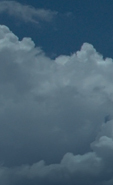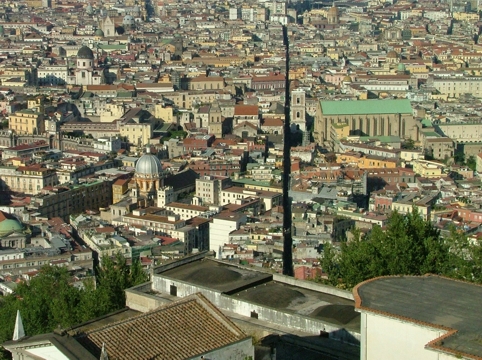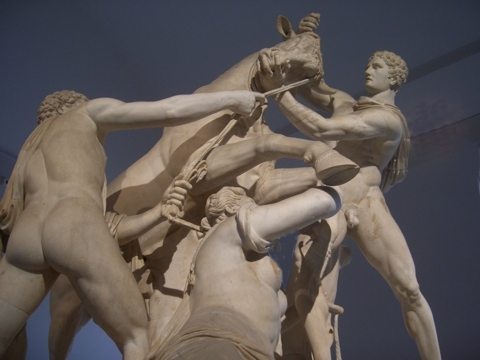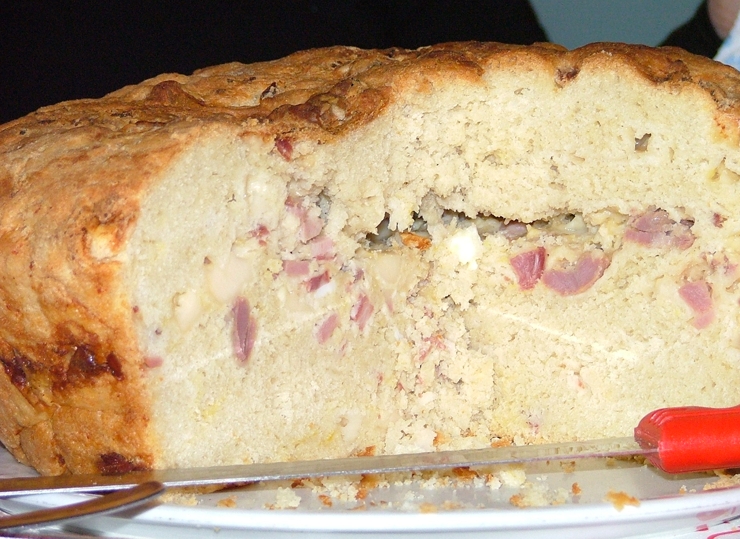






|
|
|
|
|
|

|
|
||||
 ITINERARIO 1  TOUR 1 The Old City Su e giù per stradine tortuose alla scoperta dei capolavori della Napoli greco-romana, un must per chiunque visiti Napoli. |
Aristotele, uno dei più grandi filosofi Greci disse "l'armonia è nel
contrasto" e Napoli ben rappresenta questo concetto attraverso i suoi
Decumani, superiore, maggiore ed inferiore, che portano dalla Napoli
Greco-Romana a quella Medioevale, Rinascimentale fino all'unificazione
d'Italia. Essi costituiscono, nella pianta di Ippodamo da Mileto, tre
assi viari di Neapolis, città nuova (470 a.C.) che vanno da est ad
ovest, intersecati da venti stradine denominate "cardini". Dove si
intersecano i decumani ed i cardini sorgono le insule con la
contemporanea presenza di palazzi pubblici sacri e palazzi nobiliari
privati: l'elemento religioso e l'elemento nobiliare, fortemente uniti. Up and down, through the little streets to discover the masterpieces of
the Greek and Roman Naples a "must" for anyone who wants to visit the
city. Aristotle, one of the most famous Greek philosophers, said : "the
harmony is in the contrast..." and Naples well represents this idea
through its "decumani", Superior, Inferior and Major. The "decumani"
bring the tourists from the Greek and the Roman town to the Medieval
one, then towards the Renaissance to the unification of Italy. The
"Decumani" are 3 broad straight-roads according to the plan of Ippodamo
from Mileto. They run from east to west and are cut perpendicularly by
20 smaller roads called "cardines". Where the "decumani" and the
"cardines" me- et each other, the "insulas", part of town, rich of private noble and public sacred buildings, are: the religious element and the element of nobility, strongly united. |
- Decumano Maggiore: asse viario principale della città greco-romana, arricchito da chiese e palazzi. - Pio Monte Misericordia: piazzetta e Chiesa con pinacoteca con opere del Caravaggio. little square and Church with art gallery with works by Caravaggio. - Complesso dei Gerolomini: la Chiesa, i due Chiostri e la Quadreria.the Church, two Cloisters and the Art gallery. - S. Gregorio Armeno: la caratteristica via dei presepi, la Chiesa ed il Chiostro. feature on cribs, the Church and the Cloister. - S. Lorenzo Maggiore: la Chiesa gotica e gli scavi archeologici del foro romano. the gothic Church and the archaeological excavations of the Roman forum. - S. Pietro a Maiella: la Chiesa, il Chiostro ed il Convento, sede del famoso Conservatorio musicale. the Church, the Cloisters and the Monastery, home of the famous music school. - Piazza del Gesù: nodo principale del centro storico con le Chiese del Gesù Nuovo e S. Chiara. main square of the old town with Churches of Gesù Nuovo and S. Chiara. - Gesù Nuovo: una delle più importanti Basiliche di fine cinquecento a Napoli. one of the most important basilicas of the end of XVI century in Naples. - S. Chiara: Chiesa gotica e Chiostro maiolicato del ' 700, tra i più conosciuti al mondo. gothic Church and Cloister of the XVIII century, one of the most popular in the world. - Decumano Inferiore: secondo, per importanza, asse viario della città greco-romana. second in importance, the city's roadway greek-roman. - Piazza S. Domenico: la Piazza con la Guglia del 1654, l'abside della Chiesa gotica, i palazzi signorili. the square with the obelisk of 1654, the apse of the Gothic church, the palaces. - Cappella San Severo: alchimie e magie dei Raimondo di Sangro, Principe di San Severo. alchemy and magic of Raimondo di Sangro, Prince of San Severo. - S. Angelo a Nilo: nel segno di Donatello.with the sign of Donatello. - Duomo: la religione in duemila anni di storia partendo dalle prime due Basiliche Paleocristiane: S. the religion through two thousand years.Sofia e S. Restituta. - Carminiello ai Mannesi: resti archeologici di un Complesso Termale romano. archaeological remains of a Roman Thermal Complex. |




